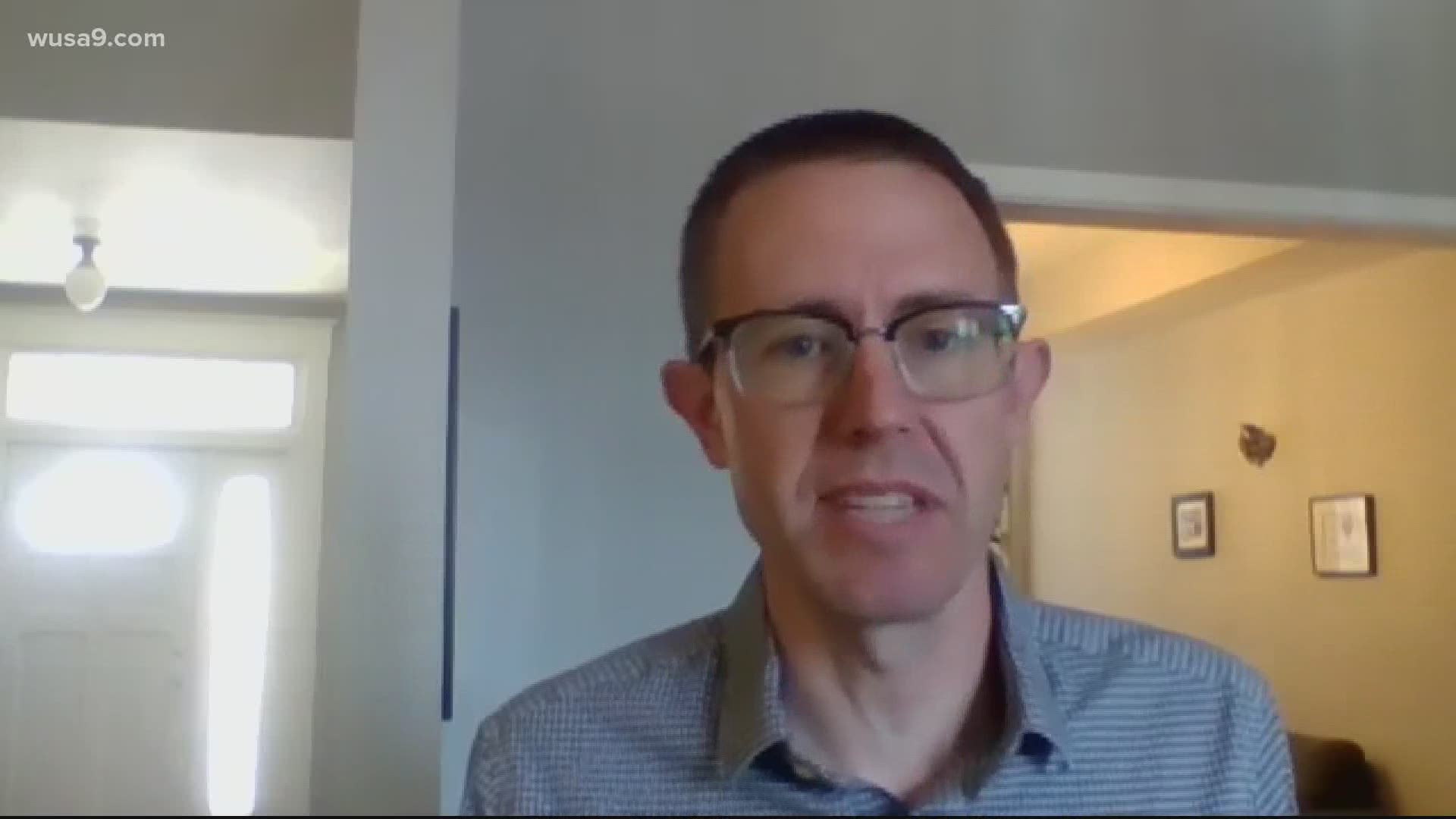WASHINGTON — You may have heard the term “herd immunity” getting tossed around to get us through the pandemic. There are a few misconceptions about what it is and how it would help with coronavirus.
That’s why the Verify team is here to figure out what is real and what is not when it comes to Herd immunity.
Our Sources:
World Health Organization and Johns Hopkins University epidemiologist Dr. David Dowdy.
First thing to understand is what “herd immunity” is.
“It’s a scientific concept, not a strategy,” Dowdy explained.
According to Dowdy, the goal to get through any pandemic is to develop herd immunity.
“If enough people in a population are immune to a disease that that can end up protecting the rest of the population by preventing transmission,” he explained.
What would that percentage be?
The World Health organization reports early research shows it could be 60% to 70% of a population.
The confusion on herd immunity comes when we talk about how a population achieves it.
“The safest way to do that is to wait until we have a vaccine,” Dowdy explained. “Then vaccinate the population so that we develop herd immunity through vaccination.”
The other way to achieve herd immunity, Dowdy explained, is to pull back all our pandemic guidelines and let the population get sick.
“However, in doing so we would cause tens of thousands, maybe hundreds of thousands of deaths in the process,” he said.
Herd immunity is not a strategy. It is a concept.
However, there were reports circulating that the White House considered letting the virus loose as a strategy. That idea was pretty quickly stamped out by Dr. Deborah Birx.
“Neither I or anyone in the administration is willing to sacrifice American lives for herd immunity,” Birx said. “We'll get to herd immunity through a vaccine. And that's the right way to do it.”


